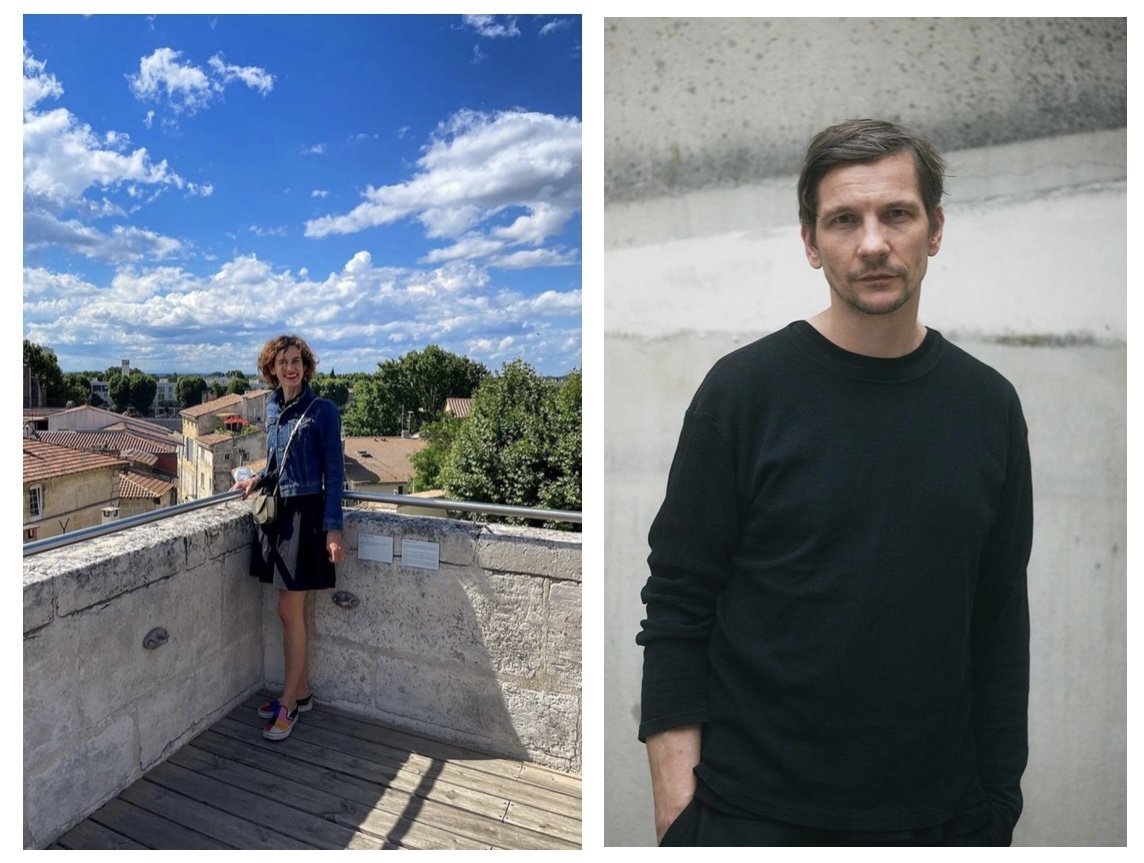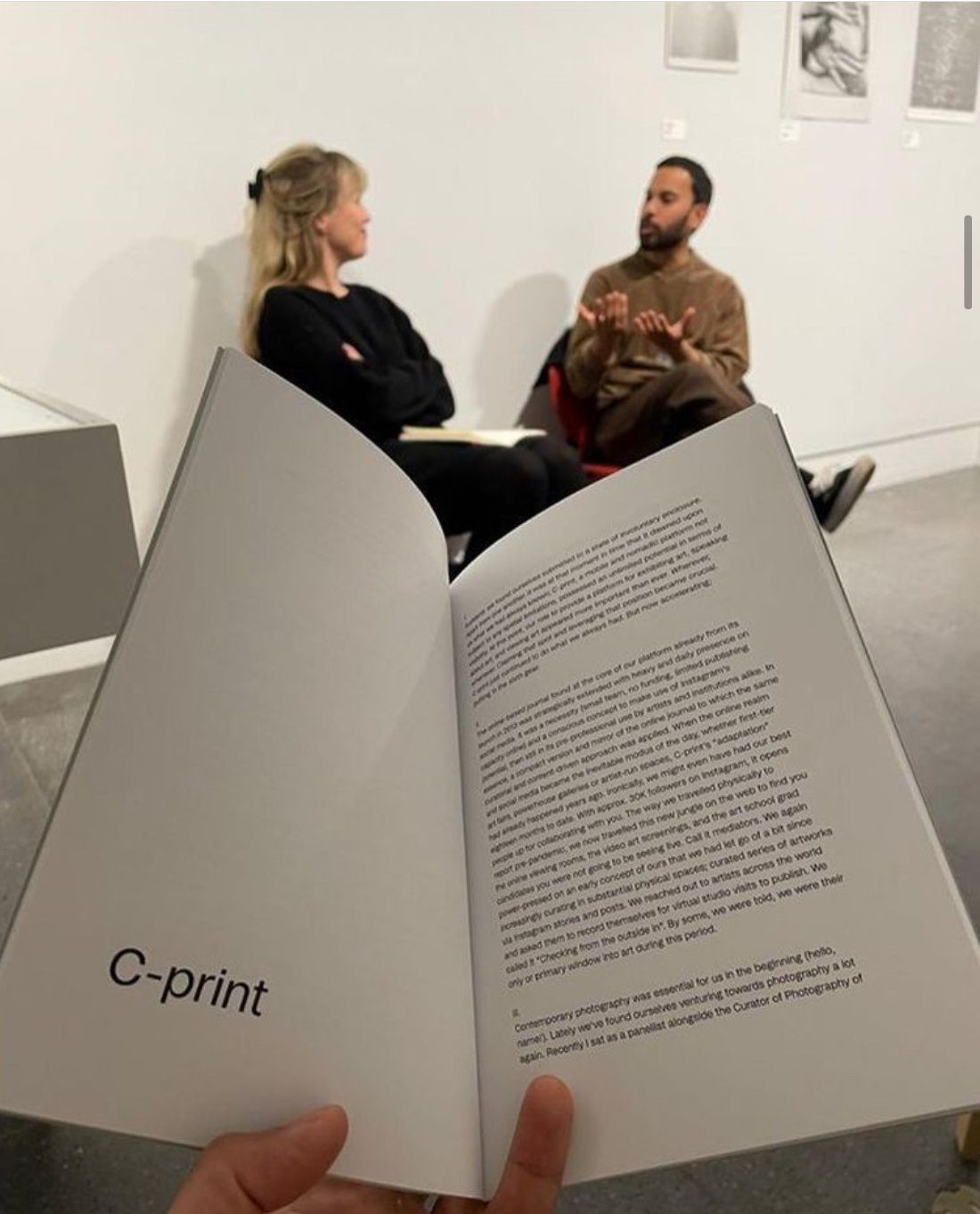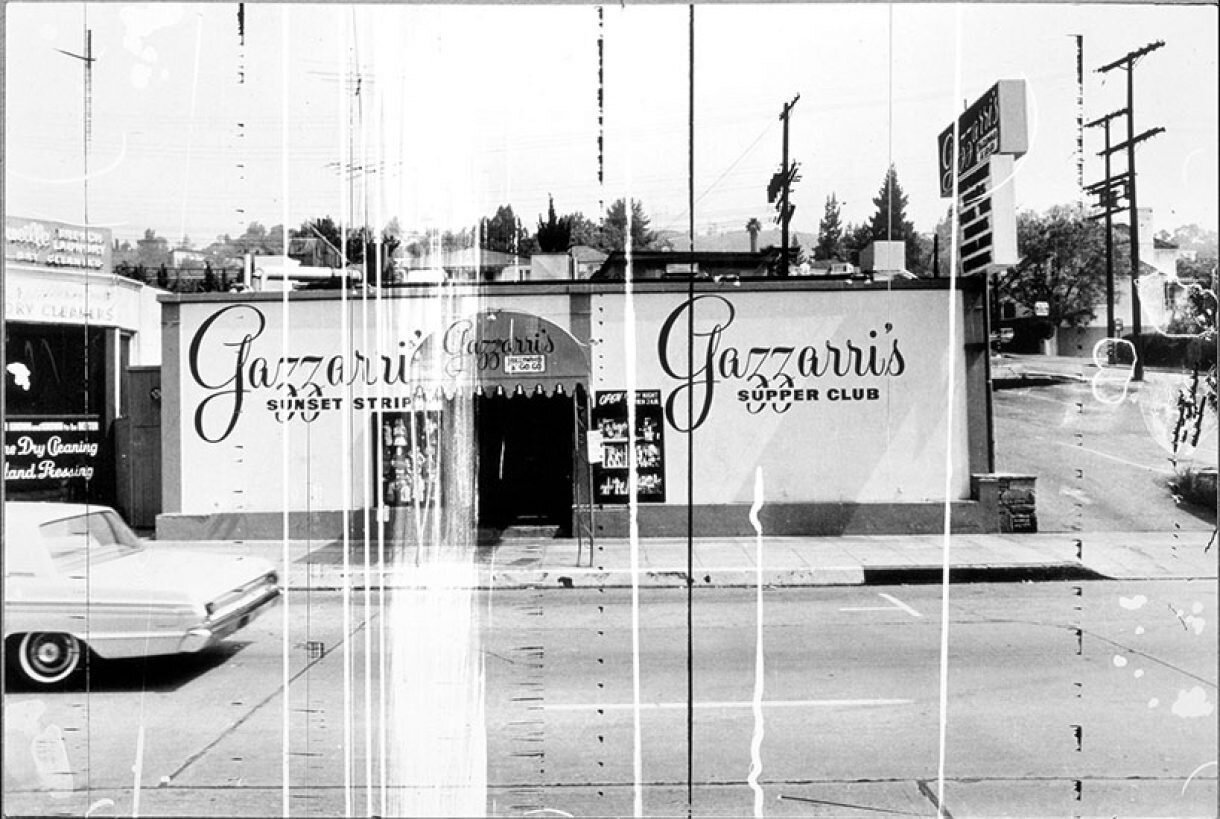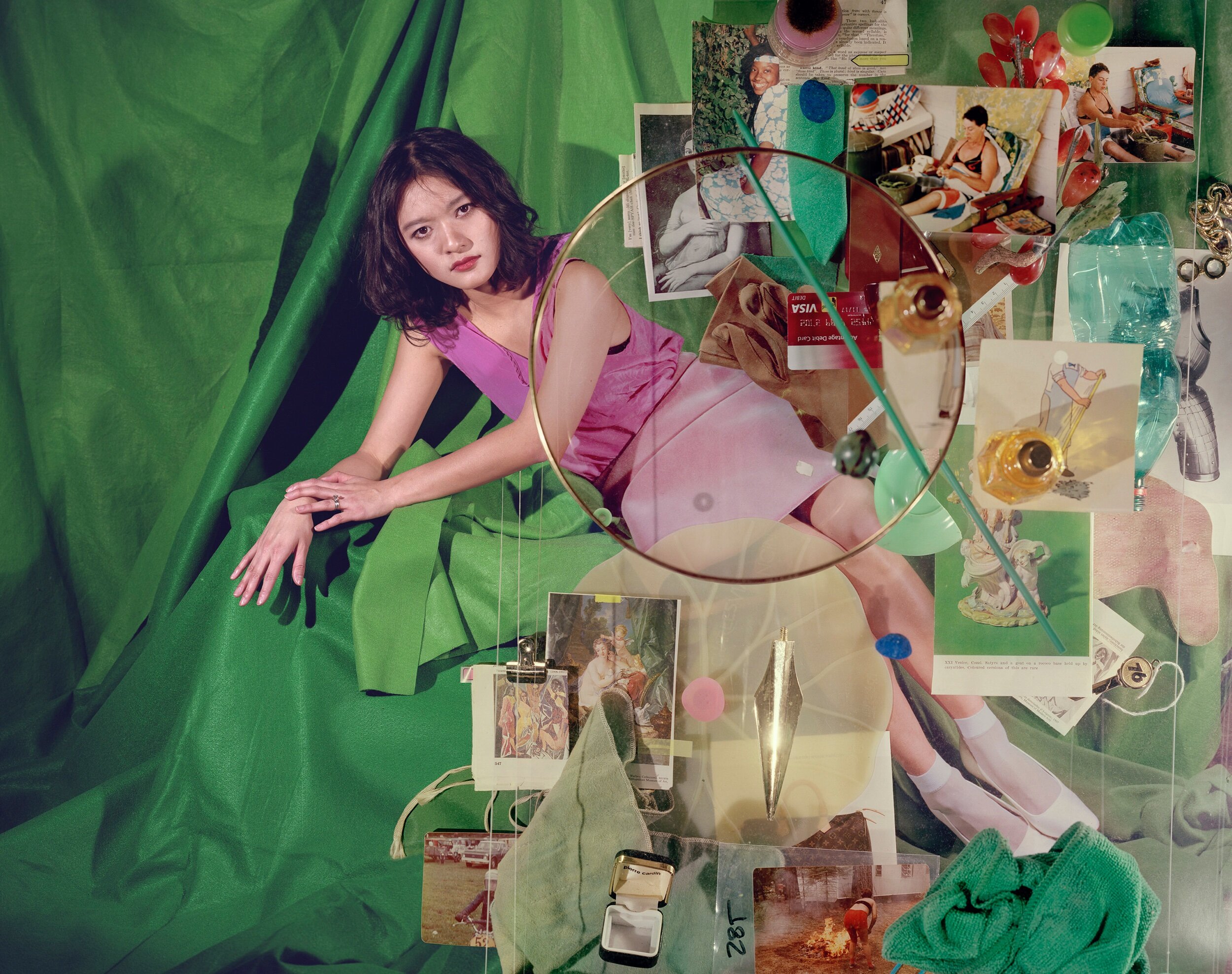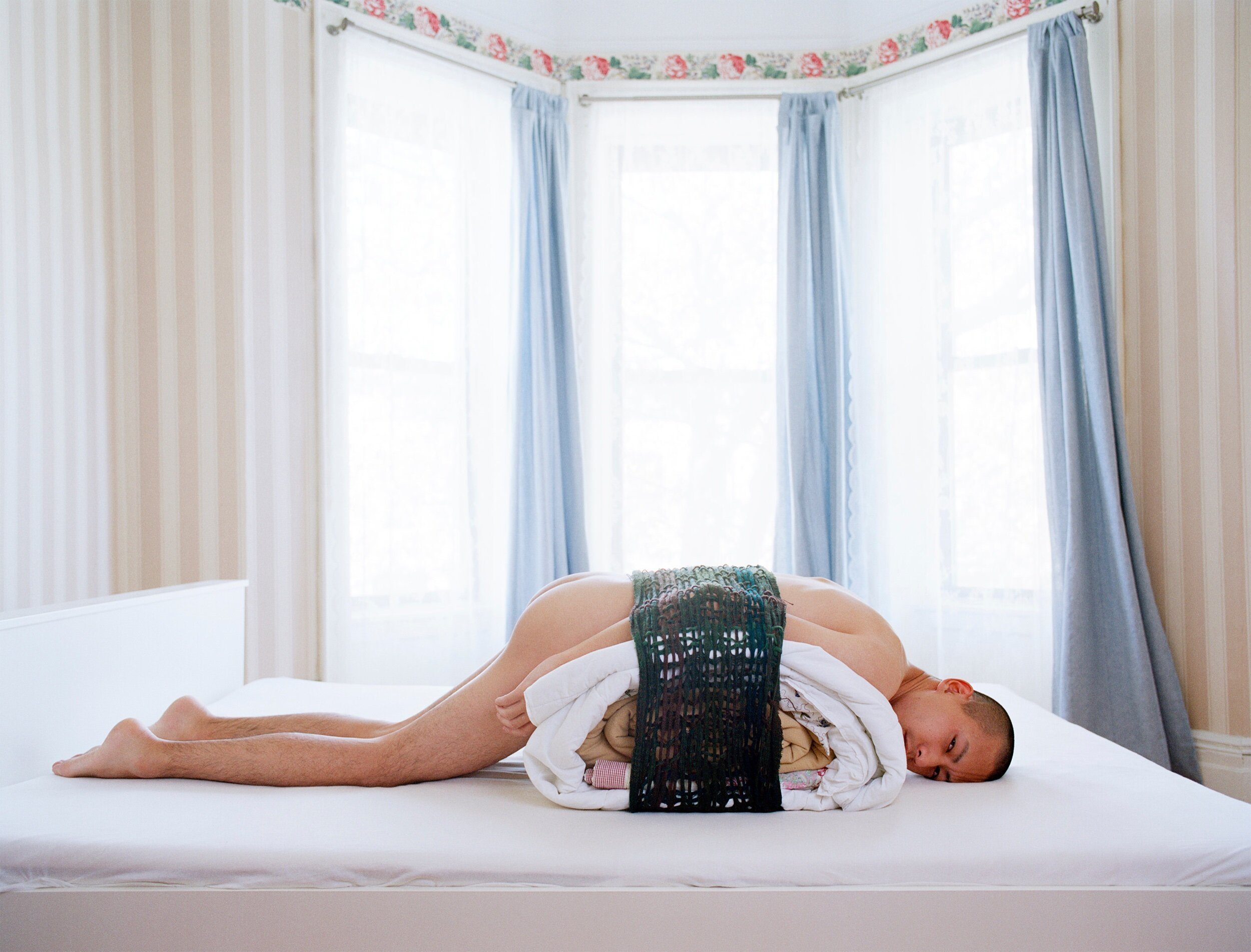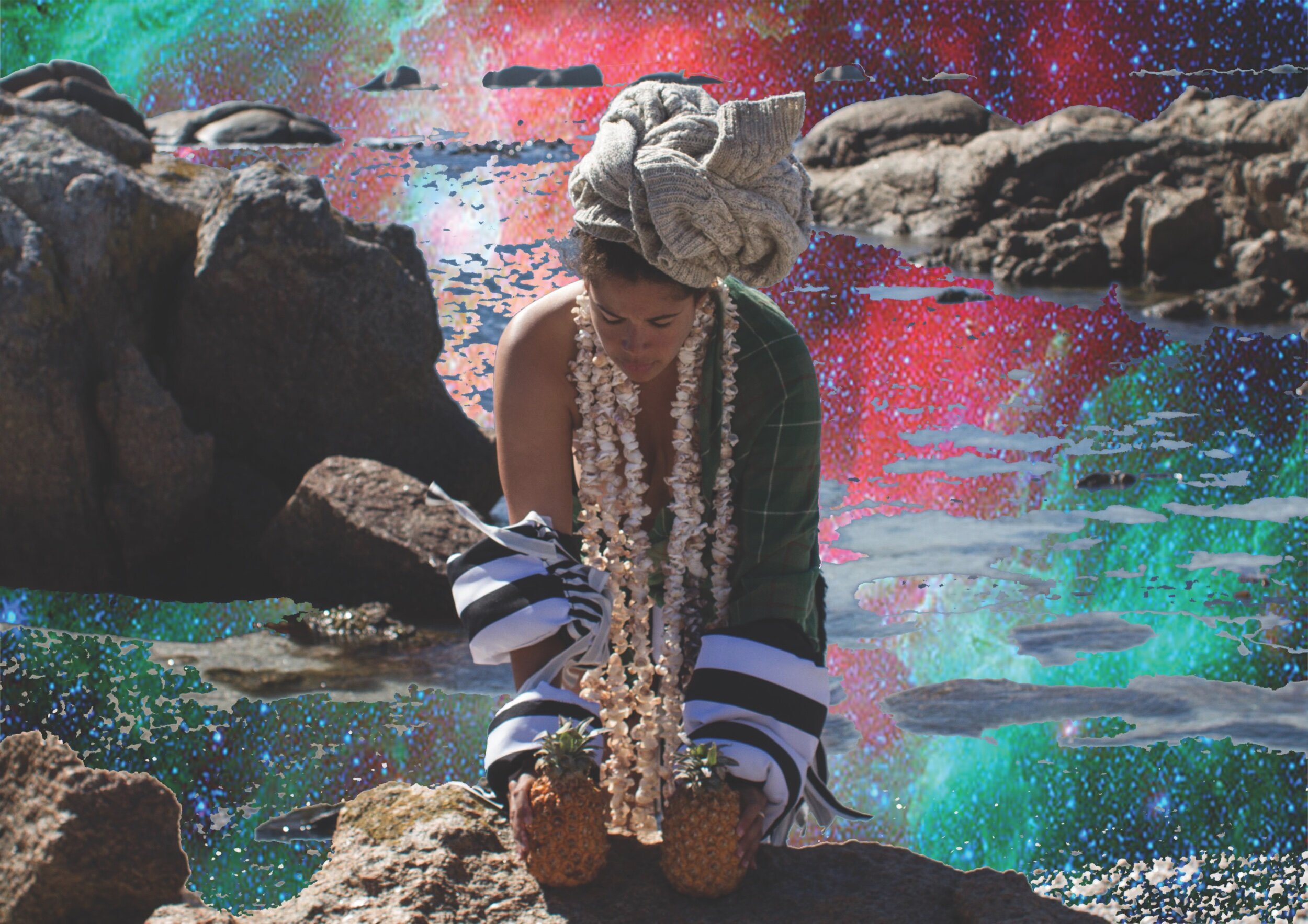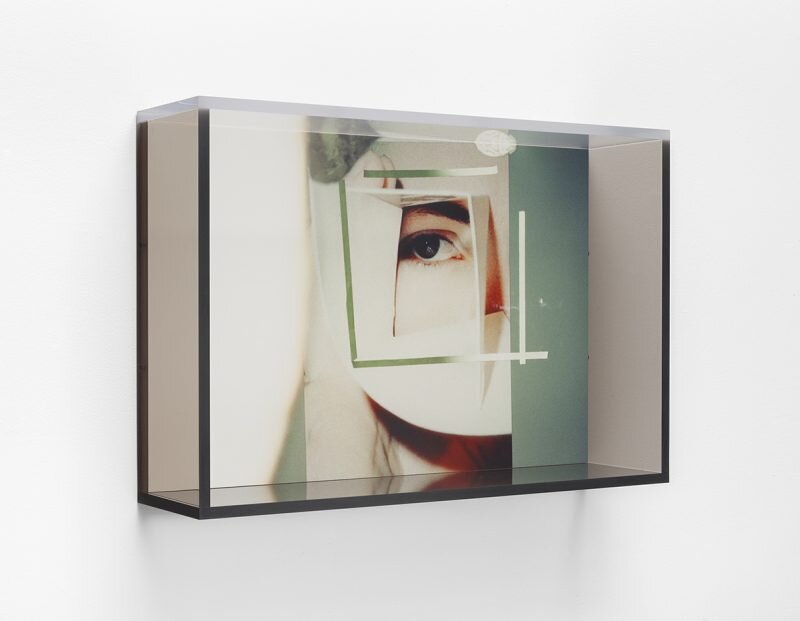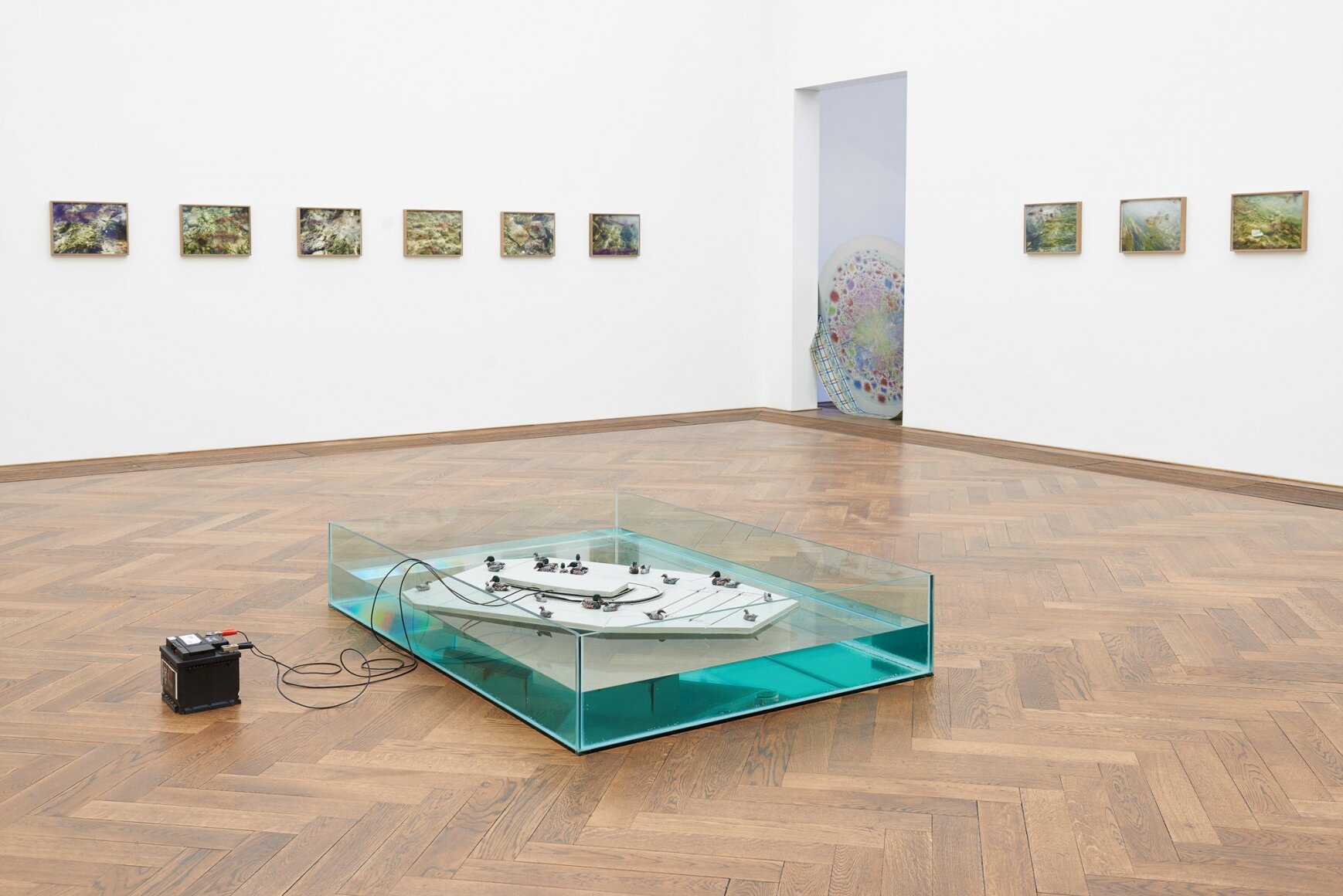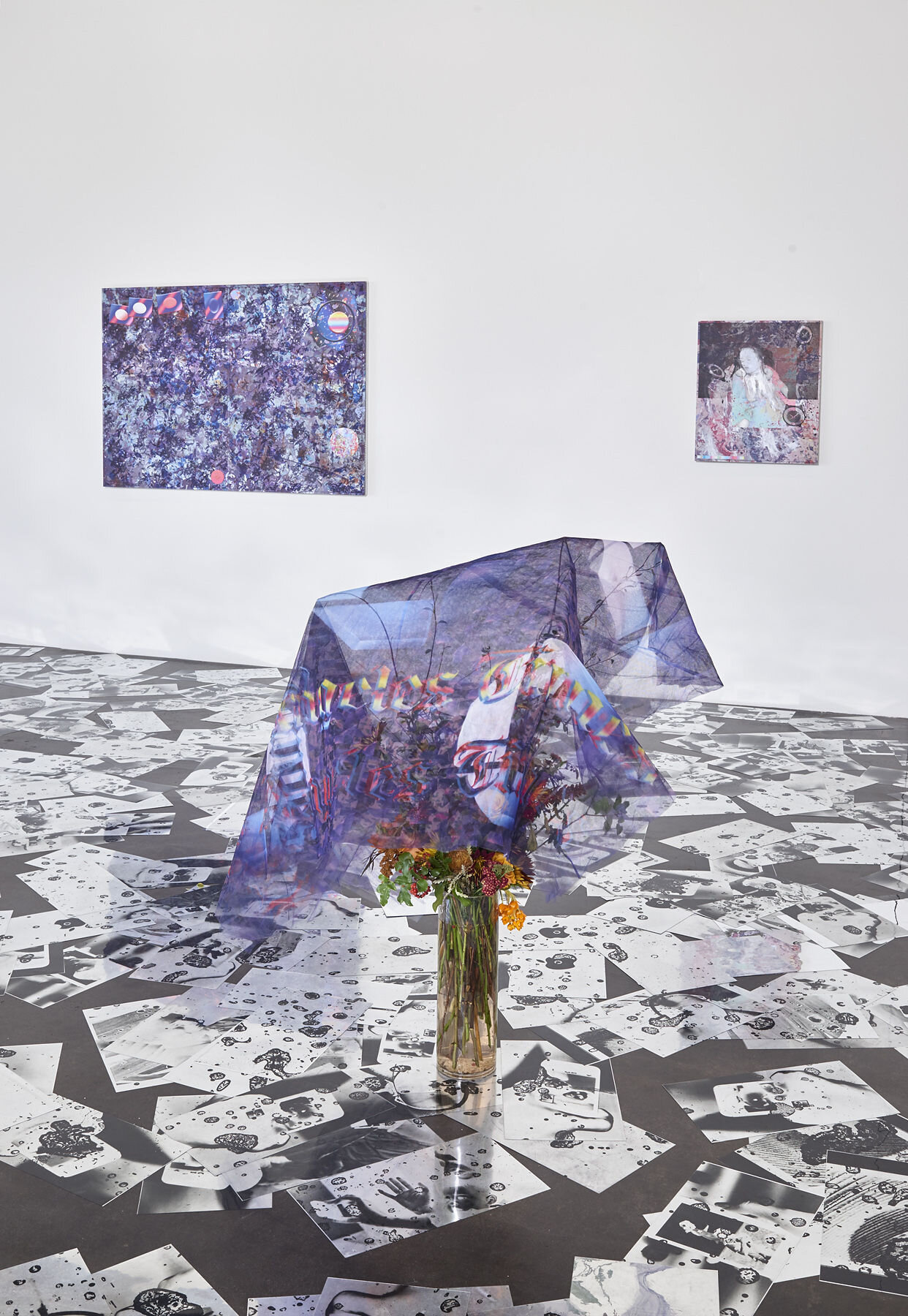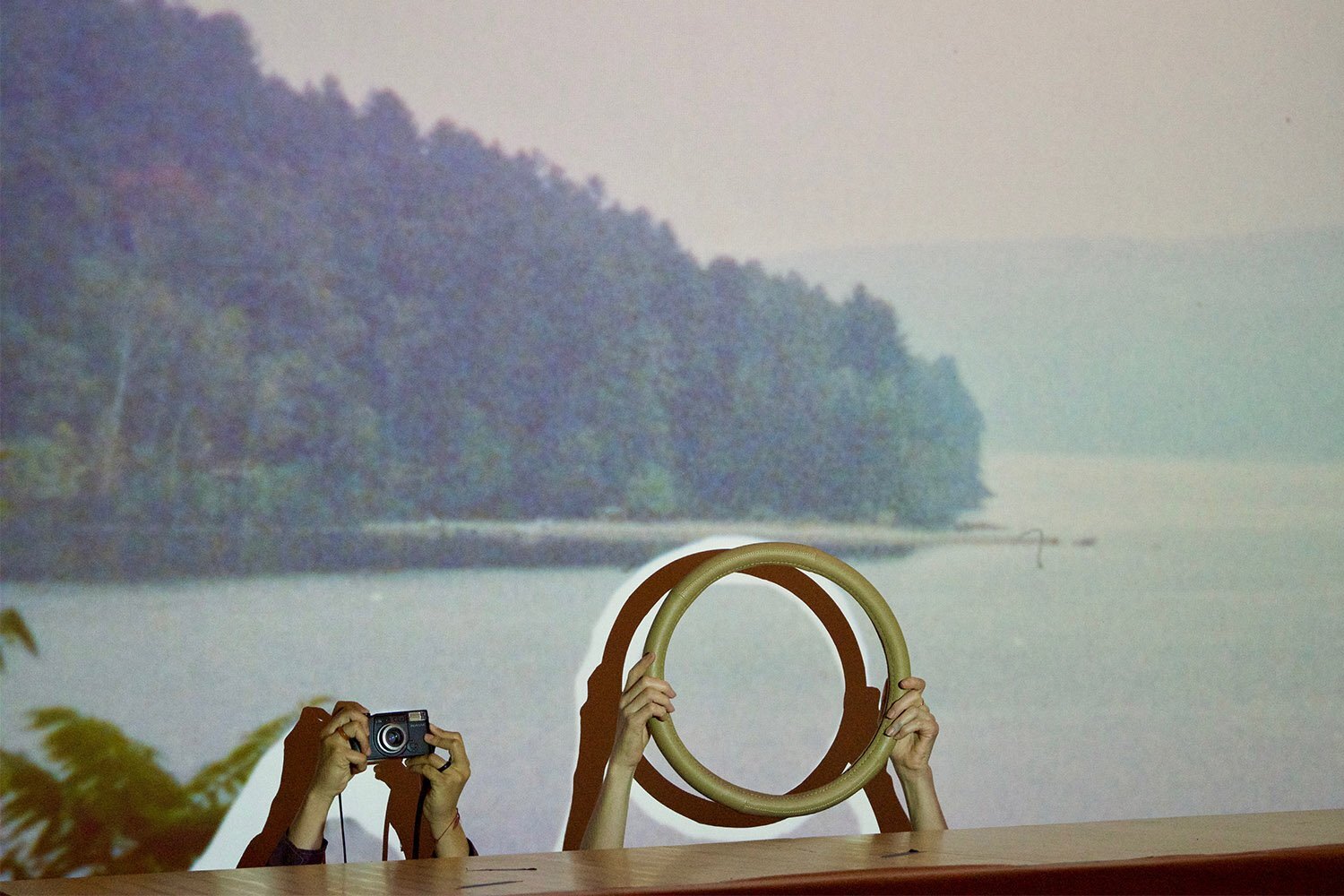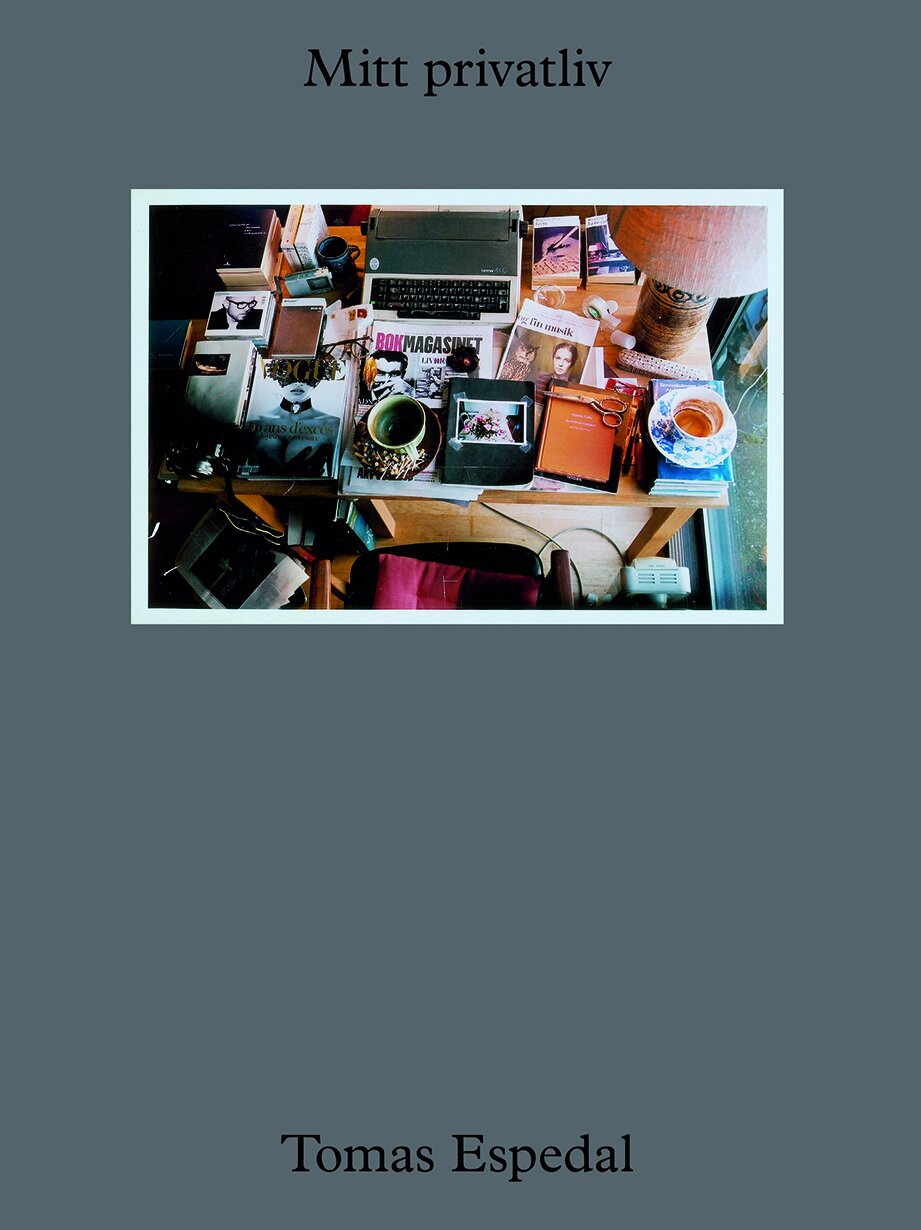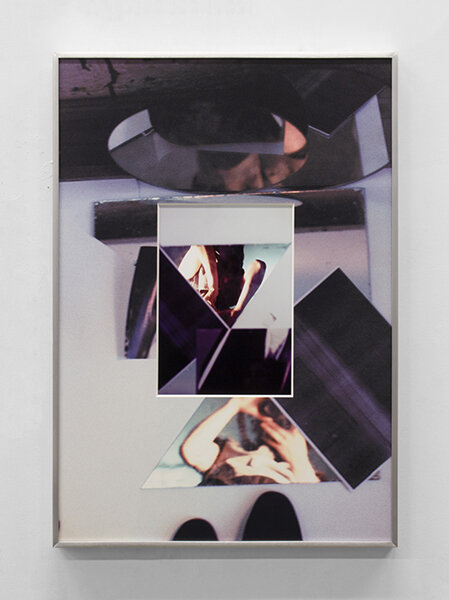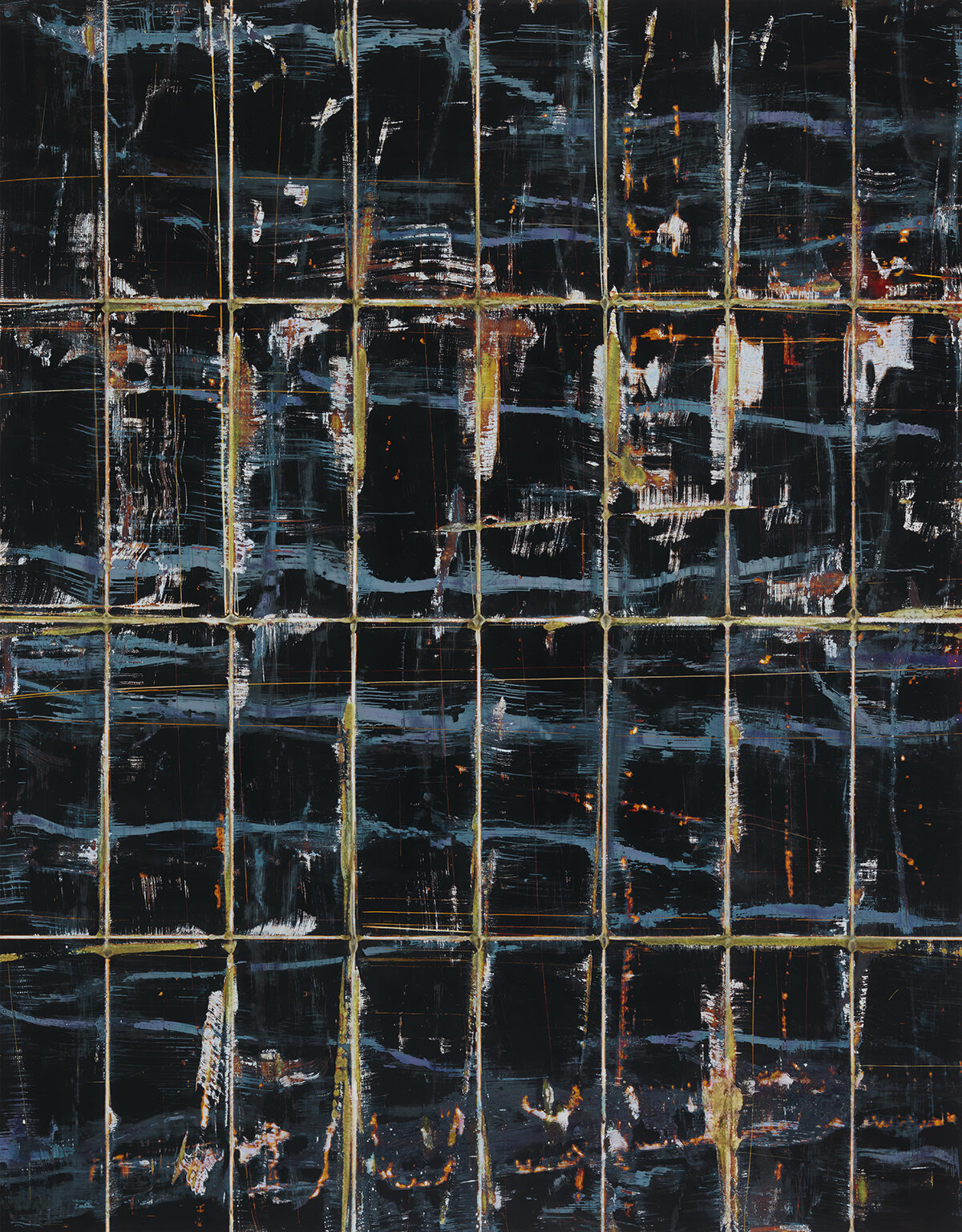GF This is what I meant when I said that this was an established genre: there’s a tradition you’re working with. Pioneering this field was artist Hans Peter Feldmann, who for decades collected and assembled others’ images in book form.
AL Feldmann is not as preoccupied as other artists in the West with the symbiosis between individuals and capitalism. He plays with all sorts of visual expressions. Whereas Prince is sexy and dangerous, Feldmann is communicative and playful, like a kid in a candy store. ALBUM is probably a child of both, together with Fischli and Weiss. These are artists we’ve looked to for inspiration.
GF It’s interesting to see the different characters that this kind of work can assume. Yours is joyous, Feldmann’s is that of the manic collector. Tacita Dean’s book Flow has a whole other expression: she uses amateur photography in a quieter way.
AL An argument for both Prince and Feldmann is that they voice a different perspective from the traditionally commercial one. It’s important that these voices that challenge how we handle visual information exist. It enables us to better scrutinise the information.
GF Warhol was at the forefront of recycling images in his silkscreens, where he added new features such as colours.
AL He wanted to remove the notion of a personal touch: a classic artistic stand. This notion goes even further back, to the likes of Max Ernst, who used kiosk literature and commercials for his collages. We choose our images with our artistic skills, picking out the ones through which we want to tell our narrative. It’s often hard to know whether a photo is art or not, but our work is about opening up a space where one isn’t told how or what to look for; instead, one’s invited to apply one’s own reading and voice.
GF Is ALBUM a meeting point in your practices?
AL Yes, that’s a fitting description. We started with a wish to showcase weird photos, putting them in contexts that made us laugh. Quite quickly, it became a conscious, critical reading of our culture’s visual material and so we wanted to question through them how we viewed the world. Working on ALBUM #3, for example, we became aware that a large portion of the images we chose depicted a lone man in a landscape. The focus wasn’t that he was a man, but a representation of a human being. Women are seldom represented like this.
GF She’s more of an object?
AL Yes, definitely. We found lots of images of man and nature or man and the big machine. He’s heroically alone, he looks content, he’s got purpose. in being there. We changed the narrative, proposing that he was melancholic and yearning. It’s important to point out that this theme was something that was already there in the material; we have no particular interest in lonely men, as such. By defining him as lonely and yearning for love and purpose, we wanted to return him to a state of individuality, at the same time underscoring who gets to speak on behalf of humanity: by and large, white men. Non-white people have even less of a voice than white women. There’s been a great change for the better, but it takes time, especially when it’s so little communicated in white culture. After #3 we made an issue on women, focusing on representation. All our fanzines attempt to find new readings of our own gender.
GF You’re far away from the moralising attitude in the childrens’ books that you’ve used images from. There’s a lot of humor in your work, even when it’s serious. No one is exempt.
AL That’s not contradictory. Exposing ourselves is important, as with ALBUM #4 on female representation. On one page, there’s a typical fashion image from Vogue, a totally unrealistic ideal. On the opposite page is an image from your typical softcore porn magazine, mocking a woman for being incapable of sharpening a knife. The result is that these women, in this new context, become both independent individuals and hardcore feminists. Therein lies our freedom. We know the references and give them new meaning and at the same time the original context remains accessible for many. We look for images with rare narratives, like the active or strong woman, the objectified or caregiving man, people of different ethnicity not exoticised, wanting to show each of them as modern, equal human beings.
GF Your work is very equal, no matter what the cultural origins of its subjects.
AL It’s important that everyone gets to be an individual. In the issue on women artists, we mostly poke fun at ourselves about how convenient it is to have the creative woman around. It’s amazing how many fashion spreads out there feature scenes from within the studio showing women in expensive dresses throwing paint at each other. And weirdly, there are a lot of women washing their shoulders. We’ve obviously got very dirty shoulders! It’s both extremely funny and unrealistic at the same time.
GF How was this issue received?
AL Well, in many ways it’s a very obvious project and agenda. Our standpoints are easily readable, even if it’s just images and no text.
GF One of the images recalls Jeanne d’Arc; we carry all these references with us.
AL Exactly, all of us carry with us different histories that shape us whether it’s newspaper history, film history, women’s history. We’ve seen millions of images, and a lot of these we can read without an attached explanation. Our colleagues understood our project straightaway, while everyone else was looking for a text, a title or an introduction. But with more issues, they stopped asking.
GF Sure, it’s so dense, the connections become clear. How many issues will there be?
AL We haven’t got any restrictions; we’re hoping it will be a life-long project. Not only is the material inexhaustible, but so is the format. We’ve found our storytelling method, where we can come up with new themes and photos, and we hope it will go on for many years to come. ALBUM is our fuel for our separate practices. But it’s essential that it continues to feel relevant and fun to create.
